Increasing Environmental Awareness
The Solar-Powered Vehicle Market is benefiting from a growing awareness of environmental issues among consumers. As climate change and pollution become more pressing concerns, individuals are increasingly seeking sustainable transportation options. Solar-powered vehicles offer a viable solution, as they produce zero emissions during operation, aligning with the values of environmentally conscious consumers. Market data suggests that a significant percentage of potential buyers prioritize sustainability when considering vehicle purchases. This shift in consumer behavior is likely to drive demand for solar-powered vehicles, as manufacturers respond by expanding their offerings in this segment. The increasing environmental awareness not only influences consumer choices but also encourages manufacturers to innovate and invest in cleaner technologies, further propelling the Solar-Powered Vehicle Market.
Government Regulations and Policies
The Solar-Powered Vehicle Market is significantly influenced by government regulations and policies aimed at reducing carbon emissions and promoting renewable energy sources. Many governments are implementing stringent emissions standards and providing incentives for electric and solar-powered vehicles. For instance, tax credits, rebates, and grants are being offered to consumers who purchase solar vehicles, making them more financially accessible. Additionally, some regions are establishing mandates for the adoption of renewable energy technologies in transportation. This regulatory environment fosters growth in the Solar-Powered Vehicle Market, as it encourages both manufacturers and consumers to transition towards more sustainable options. The alignment of government policies with market trends suggests a robust future for solar-powered vehicles, as regulatory support is likely to enhance market penetration.
Advancements in Charging Infrastructure
The Solar-Powered Vehicle Market is poised for growth due to advancements in charging infrastructure that support solar vehicles. The development of solar charging stations and the integration of smart grid technology are enhancing the convenience and accessibility of solar-powered vehicles. As more charging stations become available, consumers may feel more confident in transitioning to solar vehicles, knowing that they have reliable access to charging options. Additionally, the rise of home solar installations allows consumers to charge their vehicles using renewable energy, further promoting the adoption of solar-powered vehicles. Market data indicates that the expansion of charging infrastructure is a critical factor in the growth of the Solar-Powered Vehicle Market, as it addresses one of the primary concerns of potential buyers regarding the practicality of solar vehicle ownership.
Rising Fuel Prices and Economic Factors
The Solar-Powered Vehicle Market is also shaped by rising fuel prices and broader economic factors. As traditional fuel costs continue to fluctuate, consumers are increasingly looking for alternative transportation solutions that offer long-term savings. Solar-powered vehicles present a compelling option, as they rely on renewable energy sources, reducing dependence on fossil fuels. Market analysis indicates that the total cost of ownership for solar vehicles can be lower than that of conventional vehicles over time, particularly as fuel prices rise. This economic incentive is likely to drive consumer interest and adoption of solar-powered vehicles. Furthermore, as the cost of solar technology continues to decline, the Solar-Powered Vehicle Market may witness accelerated growth, as affordability becomes a key driver for potential buyers.
Technological Innovations in Solar-Powered Vehicles
The Solar-Powered Vehicle Market is experiencing a surge in technological innovations that enhance the efficiency and performance of solar vehicles. Advances in photovoltaic cell technology, such as the development of bifacial solar panels, allow for greater energy absorption and conversion rates. This innovation is crucial as it potentially increases the range and usability of solar-powered vehicles, making them more appealing to consumers. Furthermore, the integration of lightweight materials and improved battery technologies contributes to the overall efficiency of these vehicles. According to recent data, the efficiency of solar cells has improved significantly, with some models achieving conversion rates exceeding 25 percent. This trend indicates a promising future for the Solar-Powered Vehicle Market, as enhanced technology may lead to wider adoption and acceptance among consumers.
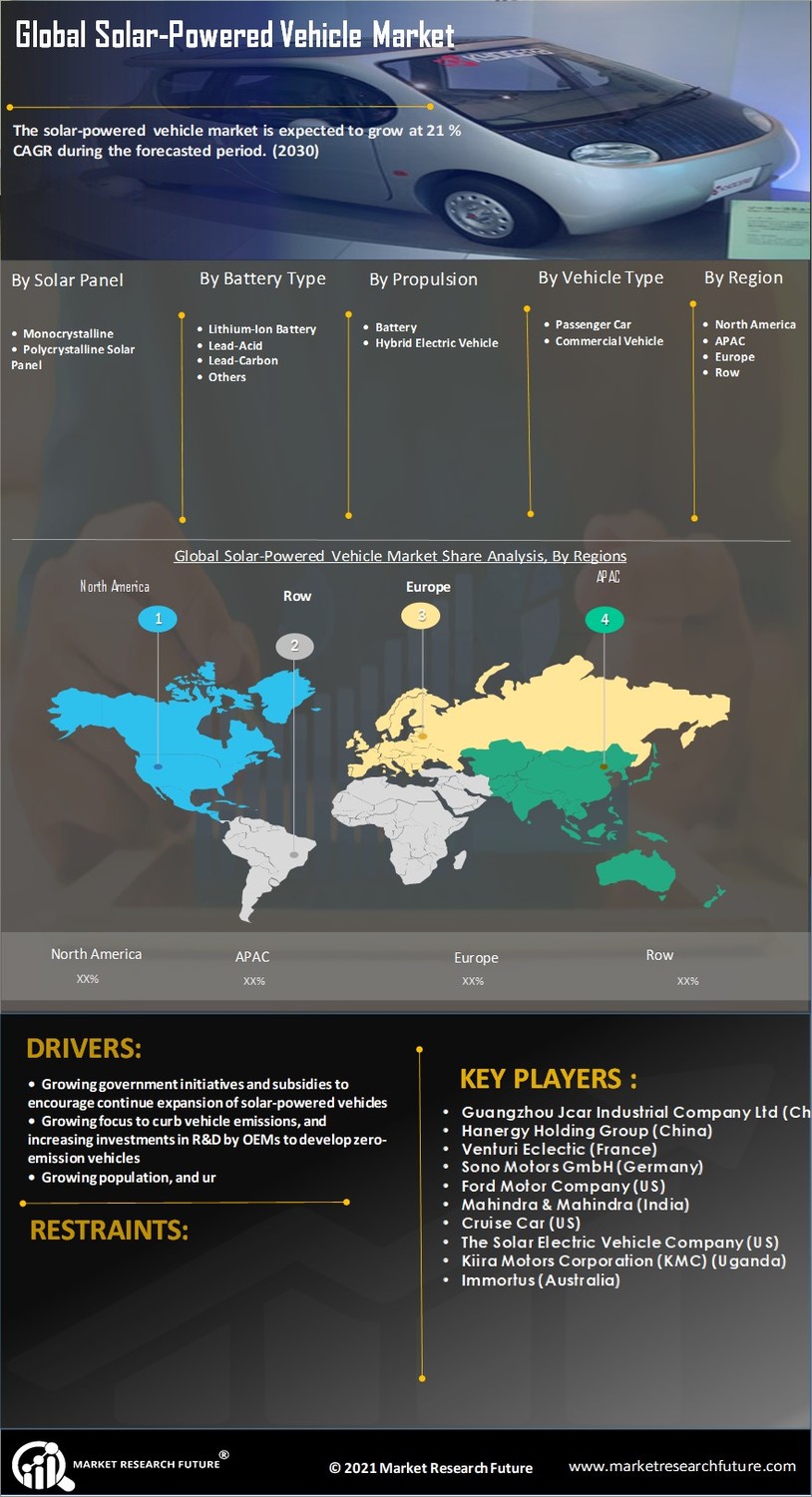

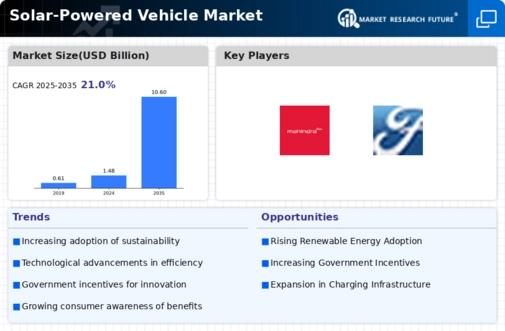
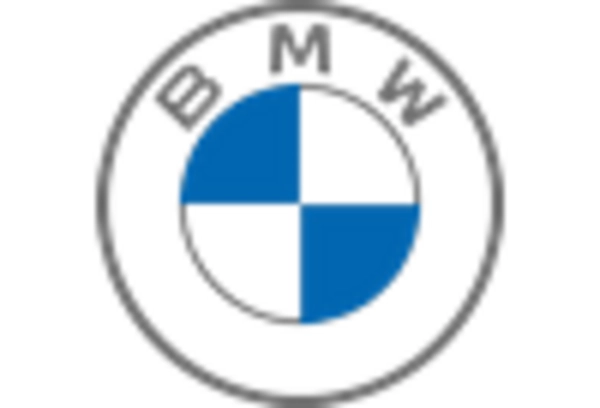
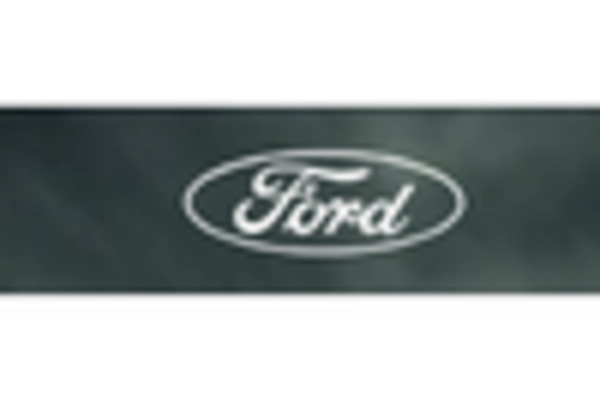
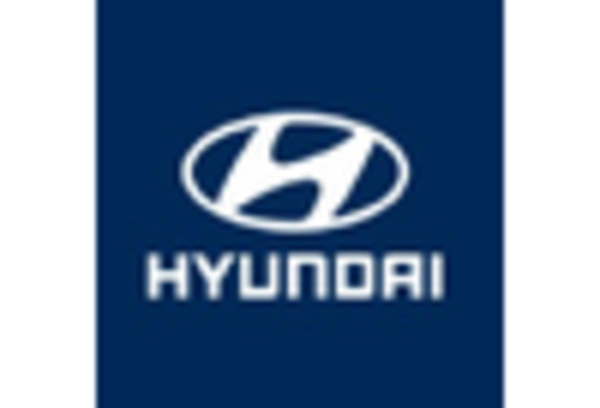
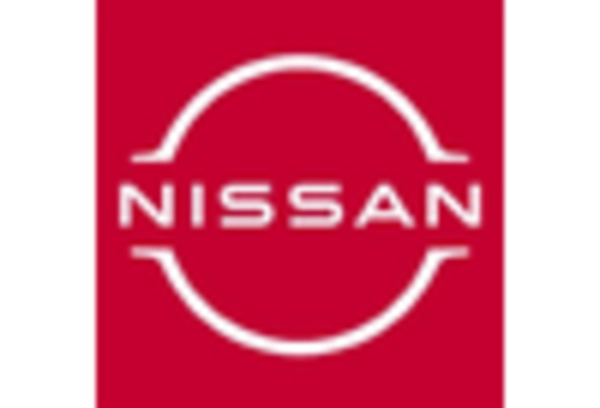

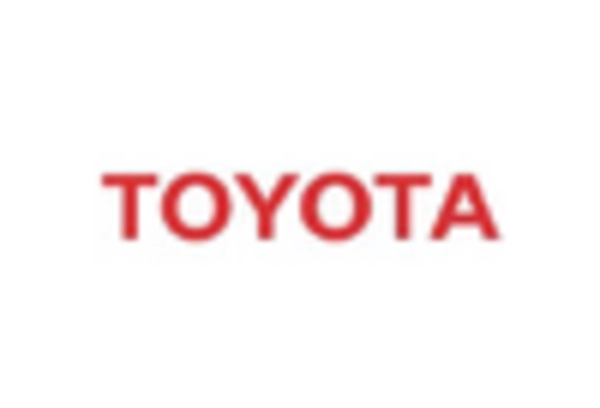








Leave a Comment